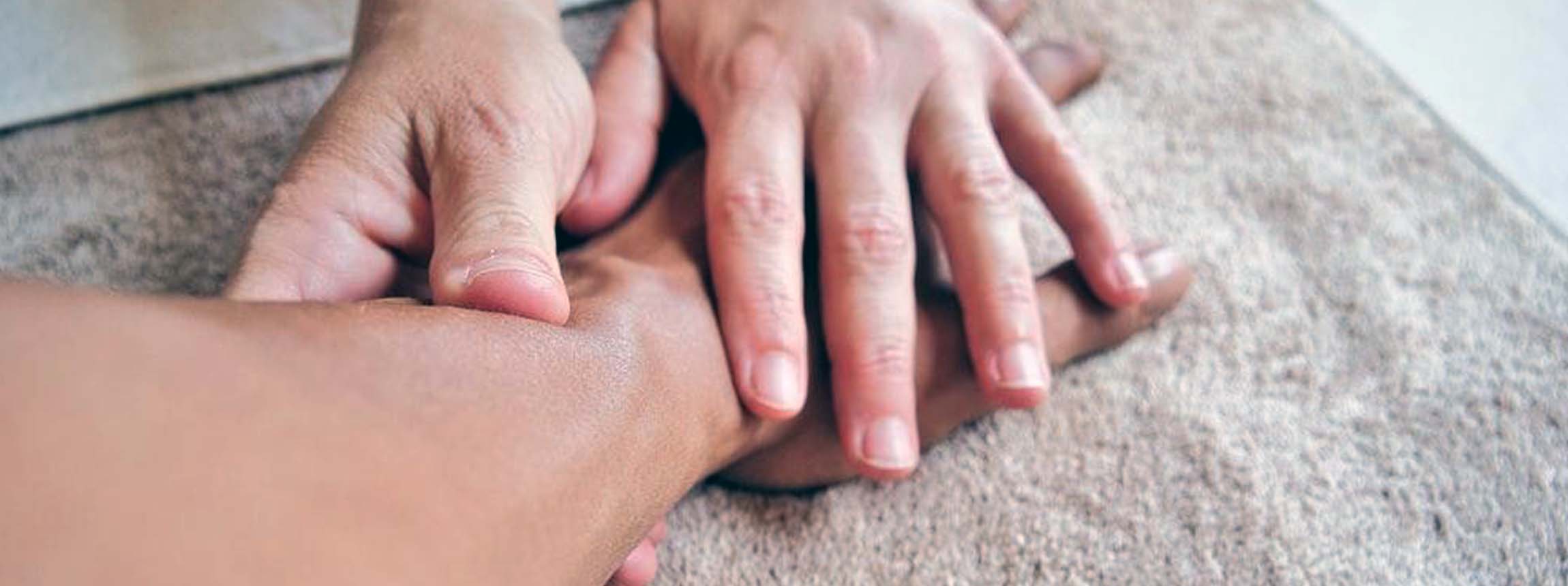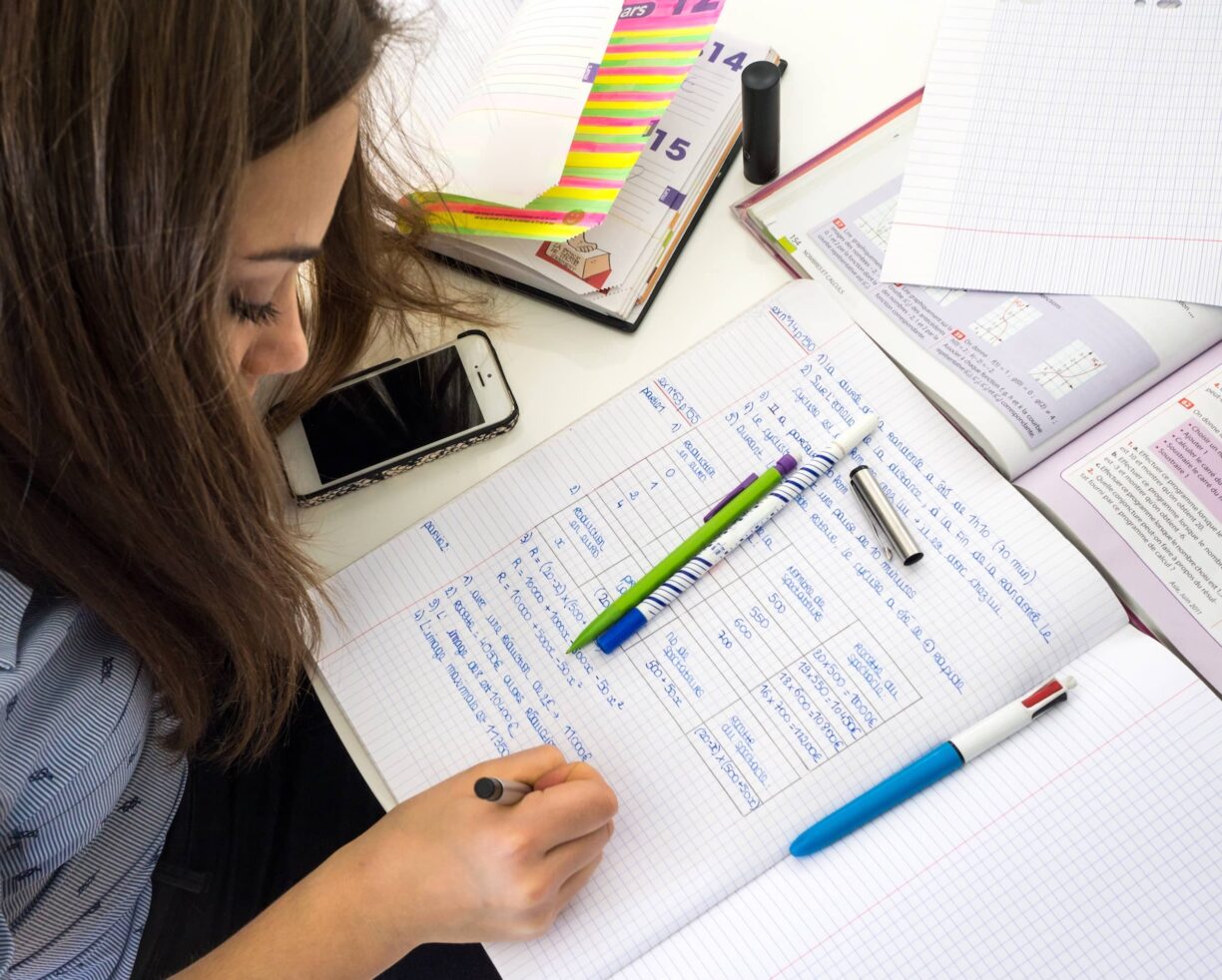It’s almost impossible to leave stress and anxiety out of our lives nowadays. Simply, people of all ages are victims of stress and anxiety.
Acupressure can be a great alternative to mainstream treatments of stress and anxiety. It’s an ancient TCM (Traditional Chinese Medicine) practice that involves pressing a number of nerves through specified pressure points to reduce pain, stress, and fatigue.
Thousands of people have gone through this holistic healing technique while alleviating stress and anxiety to a great extent.
This article will serve as a step-by-step guide of using acupressure to overcome stress and anxiety. Read on if you’re interested.
Understanding Acupressure
Like acupuncture, acupressure works with the same principles. However, you don’t need to use needles in acupressure; instead, you can apply pressure on specified nerve points on the body with bare fingers, thumbs, or particular devices.
As far as the TCM goes, a vital energy called “Qi” flows through our body. This energy keeps our mind and body intact. But when it’s disrupted by stress and anxiety, our well-being starts faltering.
That’s why ancient Chinese medicine practitioners introduced acupressure, by which they restore the Qi balance in the body. It promotes the desired well-being through reduced tension and enhanced relaxation.
Since acupressure is non-invasive, people find it safer and more comfortable than other therapies. You may go to professional acupressure therapists or even learn the technique to apply it to yourself.
Preparing for Acupressure
If you want to achieve the maximum benefits of acupressure, create a serene environment devoid of noise and distractions. Then—
- Sit or lie down in a flat and even bed or floor. You can use an acupressure mat for that purpose too. Be at your ease.
- Slowly close your eyelids, and
- Inhale deeply for a few seconds to calm yourself while developing focus.
However, before going into an acupressure session, keep in mind that it may not always give you the desired healing instantly, nor is it a worthy alternative to any medical treatment.
Hence, it’s wise to consult a professional health practitioner to discuss any underlying concerns before getting acupressure therapy.
Identifying Key Acupressure Points
The most vital part of acupressure is to be able to locate the pressure points, known as acupoints. Without pressing on the right places or nerves, obtaining relief from stress and anxiety can be difficult.
Although, according to the National Institutes of Health, there are no less than 361 acupoints in the whole body, we’re going to share only a few key acupoints in the following:
Yintang (Third Eye Point): One of the most vital acupoints in the body is Yintang or this eye point. It’s located between the eyebrows. It’s where the nose bridge meets the forehead.
Pressing this point helps a person calm the mind while getting rid of anxiety.
Neiguan (Pericardium 6): Neiguam or Pericardium 6 is located on the inner forearm. Its specific position could be at three fingers width from the wrist.
Pressing this point helps someone get relief from nausea and stress.
Shenmen (Heart 7): If you follow in line with the little finger and close the wrist crease, you’ll find Shenmen acupoint. You can gain relaxation and relief from anxiety by stimulating this point.
Yintang (Governing Vessel 20): Yintang, or the governing vessel 20, is found on the very mid-part of the skull, right between the two ears. This acupoint is associated with attaining mental tranquility.
Zusanli (Stomach 36): If you go down four fingers below the kneecap, you’ll locate the Zusanli point just outside the shinbone. Stimulate this point regularly, and you can boost your overall energy.
Hegu (Large Intestine 4): If you want to promote relaxation and reduce tension, locate the acupoint called Hegu or Large Intestine 4 between the thumb and index finger. Stimulate it for optimum relaxation.
Applying Acupressure Techniques
Here’s a step-by-step guide to applying acupressure to alleviate stress and anxiety:
Start with Deep Breathing: Prepare your mind and body by taking a few deep breaths. Inhale slowly and deeply, hold for a few seconds and exhale through your mouth. Repeat the process 4-5 times.
Apply Steady Pressure: Use your thumb or index finger. Make sure to be gentle while pressing the identified acupoints. Initially, keep the pressure steady and then gradually increase it. Don’t exceed the comfort level.
Stop pressing if it’s hurting too much.
Circular Motion: While applying the pressure on the acupoint, move your finger or thumb in a clockwise circular motion. Keep up this way until you’re feeling relaxed.
Switch Sides: Some acupoints may be existent on both sides of the body. So, apply pressure on both sides.
Breathing and Visualization: Stay focused on your breathing while the acupressure session is going on. When an acupoint is being stimulated, try to feel the relaxation entering and stress leaving your body. Such mental visualization is effective in maximizing the acupressure effects.
Integrating Acupressure into Your Routine
Regular exercises for relieving stress are fine, but you can also integrate acupressure into your daily life to get similar benefits. This way, managing your stress and anxiety will be much easier.
Find some effective ways below to make acupressure a regular practice:
Set Aside Time: It’s not hard to allocate 10-15 minutes each day for acupressure. Be it in the morning, afternoon, or evening, set a time to your comfort level to practice acupressure daily.
Use Acupressure Tools: Acupressure tools can help target multiple nerve points at a time. Since there are numerous acupoints throughout the body, it’s smart thinking to use those tools to cover more acupoints in a single session.
Combine with Relaxation Techniques: You can maximize the effectiveness of acupressure by combining it with other relaxation techniques. Practice meditation or progressive muscle relaxation to enhance its benefits.
Practice Preventatively: It’s not like you must let stress and anxiety overwhelm you before applying acupressure. Rather practice acupressure regularly to prevent stress from accumulating in your mind and body.
Be Patient: Be patient. Don’t rush the acupressure procedure. It may take time, and the results may vary from person to person depending on age, gender, medical conditions, etc.
When to Seek Professional Help
Besides practicing, you may consult a health expert about the side effects or underlying concerns. As we’ve mentioned earlier, acupressure isn’t the ultimate healing process. So, you must know when to seek professional help.
Go to a doctor if you’re going through a series of stress, anxiety, or any other mental health concerns. Acupressure may help a bit, but don’t ignore the importance of prescribed medication if required.
Acupressure is undoubtedly a vital procedure to overcome stress and anxiety. It’s a blessing for many in today’s bustling world. When you’re not seeing a doctor, acupressure can help alleviate stress, tension, fatigue, etc., to a great extent.
Follow the step-by-step guide we’ve shared to achieve relaxation and overall wellbeing. However, acupressure is a holistic treatment, so use it like one. Don’t get too dependent on this procedure, and seek professional medical help if needed.





